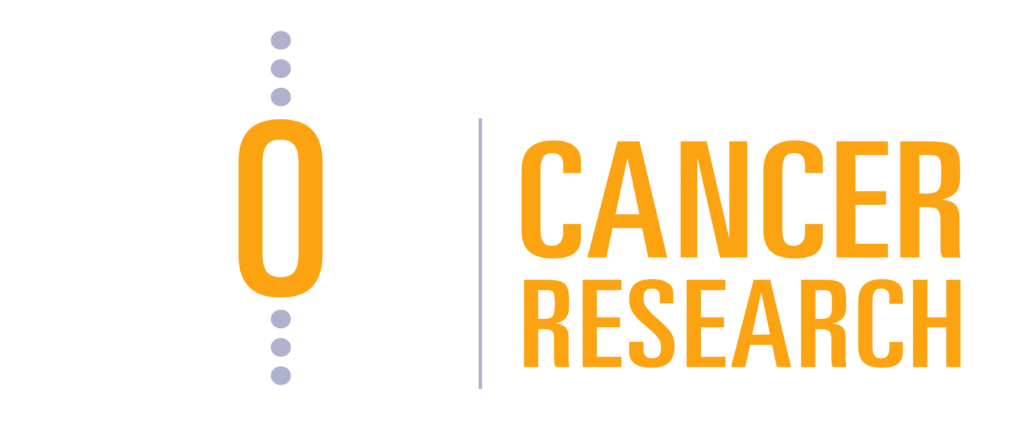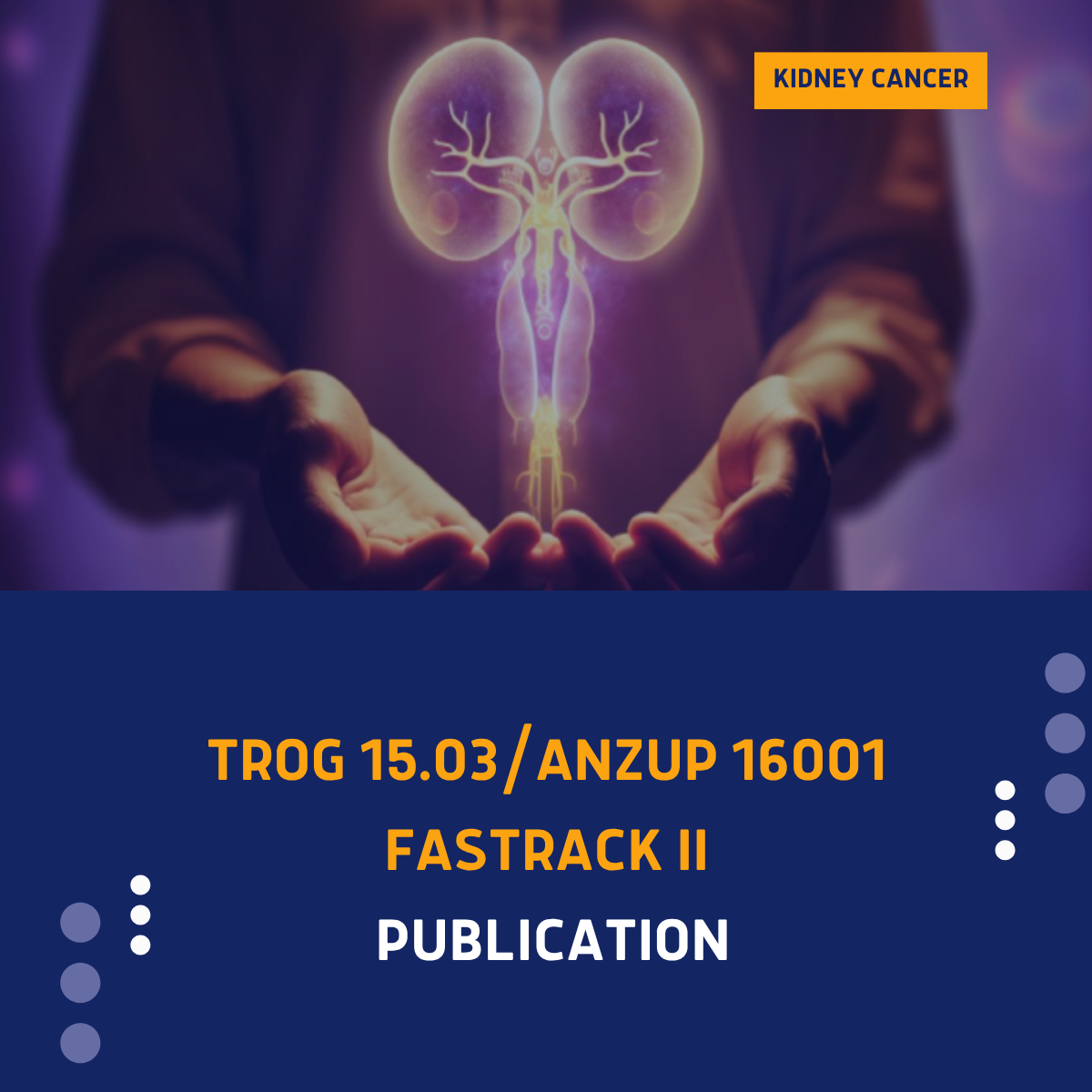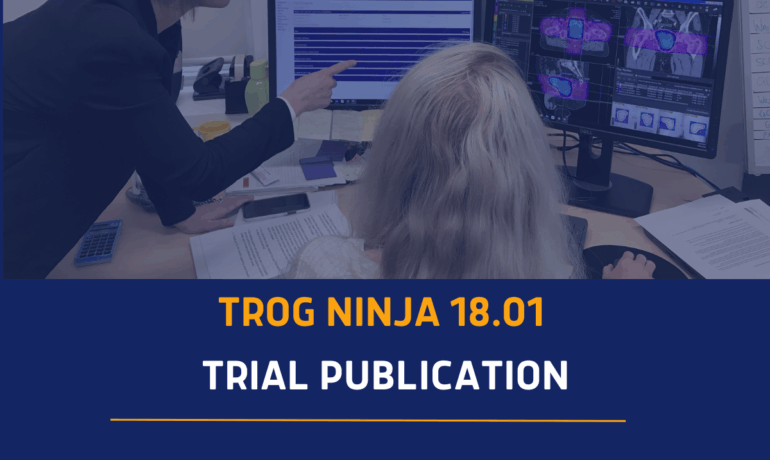TRIAL UPDATE: 12 August 2025
Treating inoperable kidney cancer with Stereotactic Ablative Body Radiotherapy (SABR) is both more effective and less expensive than traditional ablative therapies in Australia, according to a new economic analysis of TROG 15.03/ANZUP 16001 FASTRACK II trial data.
The findings of the economic evaluation, published in the International Journal of Radiation Oncology, Biology, Physics (Red Journal), come after the FASTRACK II trial reached significant milestones of completing follow-up with all participants and locking the dataset to enable final analysis of outcomes (see milestones below).
The trial, Focal Ablative STereotactic RAdiosurgery for Cancers of the Kidney – a Phase II Clinical Trial (FASTRACK II), was led by Prof Shankar Siva from Peter MacCallum Cancer Centre, and run by TROG in collaboration with the Australian and New Zealand Urogenital and Prostate Cancer Trials Group (ANZUP).
It investigated whether the newer, non-invasive SABR technique could control cancer within the kidney and prove an alternative to traditional techniques of radiofrequency ablation (RFA) and cryoablation (CA) for patients with primary renal cell cancer where surgery is not an option.
Trial findings, published last year in Lancet Oncology, have shown that SABR is an effective treatment strategy for kidney cancer, with an acceptable side-effect profile and no observed local failure or cancer-related deaths. The researchers suggested a further randomised trial was warranted to confirm the significant findings.
FASTRACK II MILESTONES
- First of 12 sites activated: 18 July 2016
- First participant enrolled: 15 August 2016
- Participant accrual completed (71 participants): March 2020
- Findings published in Lancet Oncology: March 2024
- Last participant follow-up visit: 28 March 2025
- Trial data lock: 15 June 2025
The new economic evaluation was led by Research Fellow Constanza Vargas and Professor Richard De Abreu Lourenco from the University of Technology Sydney. The aim of their investigation was to assess whether SABR was cost-effective compared with current ablative therapies, RFA and CA. The analysis was based on outpatient healthcare resource use, incorporating costs from medical services and pharmaceuticals obtained through Medicare data – specifically, the Medicare Benefits Schedule (MBS) and the Pharmaceutical Benefits Scheme (PBS) – as well as health-related quality of life data collected alongside the FASTRACK II clinical trial.
While there was a reduction in post-treatment quality of life among patients undergoing SABR due to factors like fatigue and shortness of breath (dyspnea), the evaluation found SABR is both cheaper and overall, more effective (dominant) than the currently used ablative techniques, RA and CFA in patients with localised kidney cancer who were not eligible for surgery.
Overall, the mean treatment cost per kidney cancer patient is $A2,562 for SABR, compared with $A8,094 for CA and $A6,863 for RFA, largely due to reduced costs for hospital admissions required for RFA and CA services, it showed. SABR was the dominant strategy, considering both, the trial duration (five years) and modelled time horizon of a 10-year period.
“This recommends SABR as the treatment of choice in this setting,” the authors wrote.
Congratulations to all the FASTRACK II researchers and economic evaluation authors on this significant paper. The final analysis of trial findings, including consideration of secondary and exploratory endpoints of the trial, is now underway.
- Find out more about the TROG15.03/ANZUP 16001- FASTRACK II trial.
Related Post
TROG Member Prof Paul Keall’s innovative research recognised in two Premier’s Awards
LATEST NEWS; 26 November 2025 Medical physics researcher and
Automated quality assurance tool shows promise in TROG 18.01 NINJA trial
LATEST NEWS: 25 November 2025 Vital quality assurance (QA)




